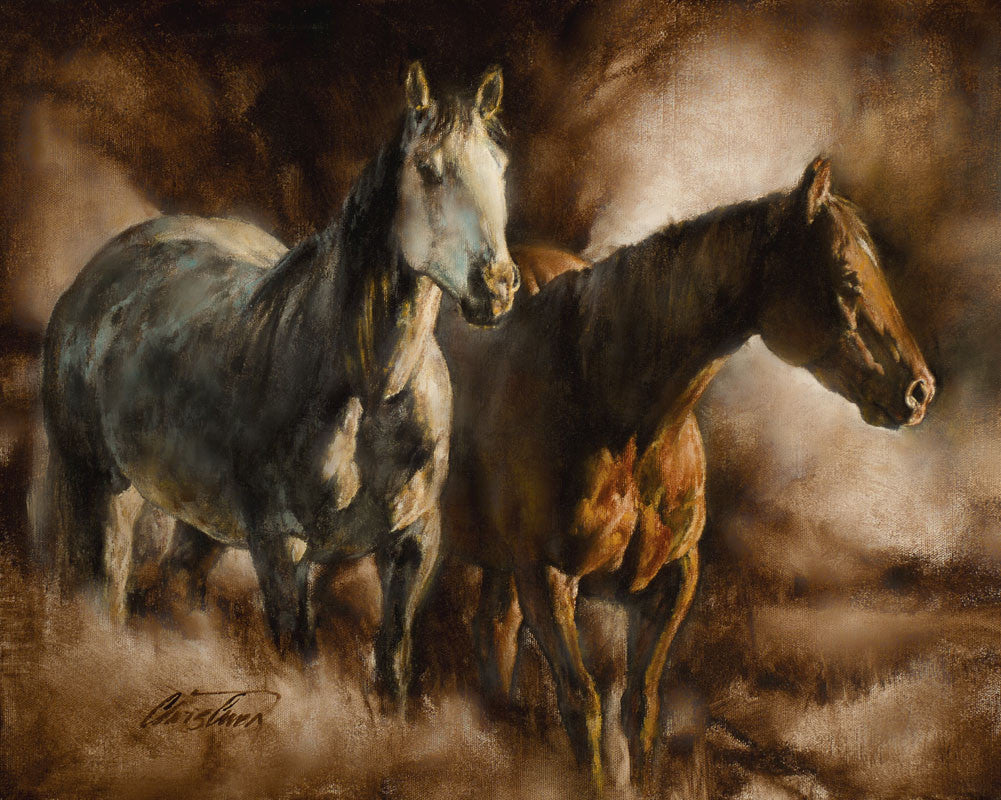

Smith and other early economic thinkers such as David Hume gave birth to the field at the onset of the Industrial Revolution.Įconomic theory developed considerably between the appearance of Smith’s The Wealth of Nations and the Great Depression, but there was no separation into microeconomics and macroeconomics. Smith’s notion of an invisible hand that guides someone seeking to maximize his or her own well-being to provide the best overall result for society as a whole is one of the most compelling notions in the social sciences. The field began with the observations of the earliest economists, such as Adam Smith, the Scottish philosopher popularly credited with being the father of economics-although scholars were making economic observations long before Smith authored The Wealth of Nations in 1776. In fact, from the late 18th century until the Great Depression of the 1930s, economics was economics-the study of how human societies organize the production, distribution, and consumption of goods and services. Another, appropriately, is titled Macroeconomics. The American Economic Association recently introduced several new academic journals. Economists commonly consider themselves microeconomists or macroeconomists. The macro/micro split is institutionalized in economics, from beginning courses in “principles of economics” through to postgraduate studies. Single markets often are not confined to single countries the global market for petroleum is an obvious example. But microeconomics can have an international component as well. Macroeconomics often extends to the international sphere because domestic markets are linked to foreign markets through trade, investment, and capital flows. The government is a major object of analysis in macroeconomics-for example, studying the role it plays in contributing to overall economic growth or fighting inflation. In the realm of microeconomics, the object of analysis is a single market-for example, whether price rises in the automobile or oil industries are driven by supply or demand changes. In macroeconomics, the subject is typically a nation-how all markets interact to generate big phenomena that economists call aggregate variables. Little-picture microeconomics is concerned with how supply and demand interact in individual markets for goods and services.

It studies such things as employment, gross domestic product, and inflation-the stuff of news stories and government policy debates. There is big-picture macroeconomics, which is concerned with how the overall economy works. But they also study the minute world of atoms and the tiny particles that comprise those atoms.Įconomists also look at two realms. Physicists look at the big world of planets, stars, galaxies, and gravity. Economics is split between analysis of how the overall economy works and how single markets function


 0 kommentar(er)
0 kommentar(er)
